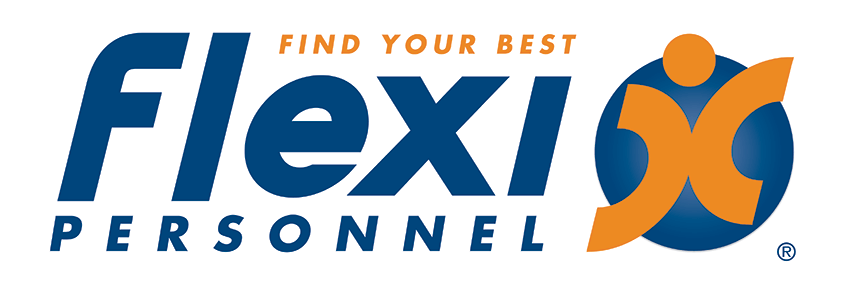
Navigating today’s multi-generational workforce
Multi-generational workforces are commonplace – at Flexi, we have staff who come from Gen Y and Gen X, a couple of Baby Boomers and even some members of the Silent Generation featuring on our Advisory Board. As we edge towards 2020, this will be the first time in modern history where there will be five distinguishable generations working alongside each other.
What are some of the characteristics of different generations?
Baby Boomers (1946-1964) make up a large part of the workforce, partly due to their decision to delay retirement (49% plan to retire after the age of 65). They are known for their strong work ethic. They value teamwork and job security.
Gen X (1965-1980) workers can be sceptical of authority, they prefer autonomy and value learning and development as well as financial security and work-life balance.
Millennials (1981-1996) make up more than one third of the workforce. They are highly educated and value freedom and flexibility. They want to make a difference and require ongoing validation of their contribution.
What do you need to consider when managing a multi-generational workforce?
Negative stereotyping
Seb O’Connell, Executive Vice President and managing director for Europe at Cielo, said that some employers may have staff spanning the ages of 18 to 80, which if not managed well, can lead to tension. “In a multi-generational workforce, there is potential for negative stereotyping. Baby Boomers may perceive millennials as entitled, tech-obsessed or too eager to challenge norms while millennial employees could see previous generations as being ‘stuck in their ways’ and difficult to train. Organisations need to take steps to ensure managers overcome their unconscious bias.”
Finding strategies to motivate different generations
It’s important to understand how best to manage different generations to increase engagement and productivity. In fact, a ‘one size fits all’ approach might not work for everyone. The Sloan Center on Ageing & Work released a study demonstrating how managers and supervisors can engage employees from different age groups and generations. It shows that older workers are more engaged but that adequate training, effective development and rewards program and a team-based culture had a positive cross-generational effect on engagement.
How do different people with different workplace habits and challenges work together constructively for best results?
Mentoring
Researchers Karen Bolser and Rachel Gosciej in a paper published in the Journal of Practical Consulting showed how to utilise generational differences through strategies such as reverse mentoring. This involves putting together someone with domain expertise and organisational knowledge with a younger employee. Essentially in order to foster an inclusive and engaged workforce, it’s important to understand what each generation has to offer and how these can be used strategically to your advantage.
Regardless of their age, employees are looking for the same thing
Sometimes it’s easy to focus on differences rather than what is similar when it comes to employee needs. Research demonstrates that all employees from 17 to 77, value a trusting relationship with their manager, the chance to have their voice heard and a job with purpose, as well as understanding the long-term vision of the company.
If your business would like support navigating the complexities of a multi-generational workforce, speak to the HR Consulting team at Flexi Personnel.





